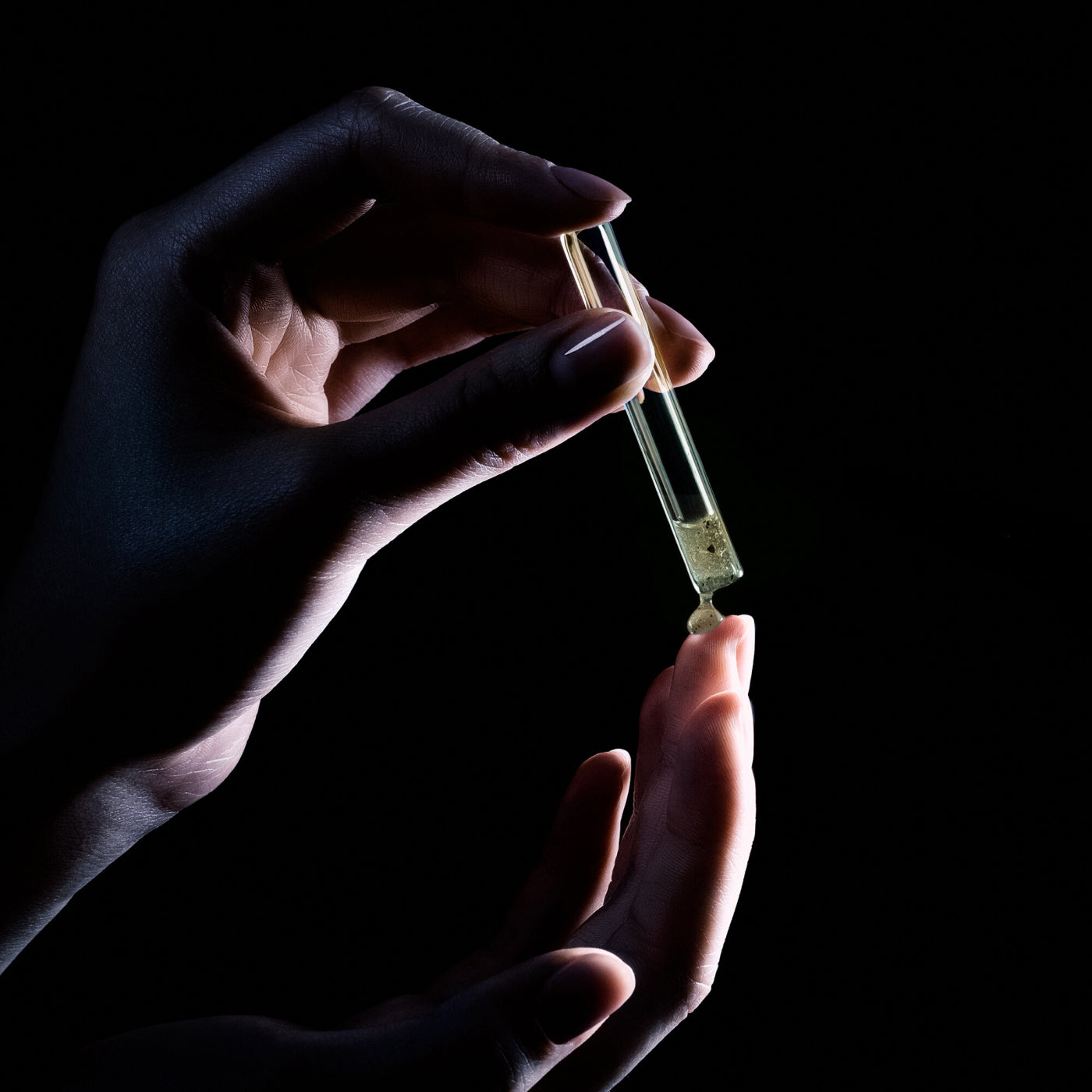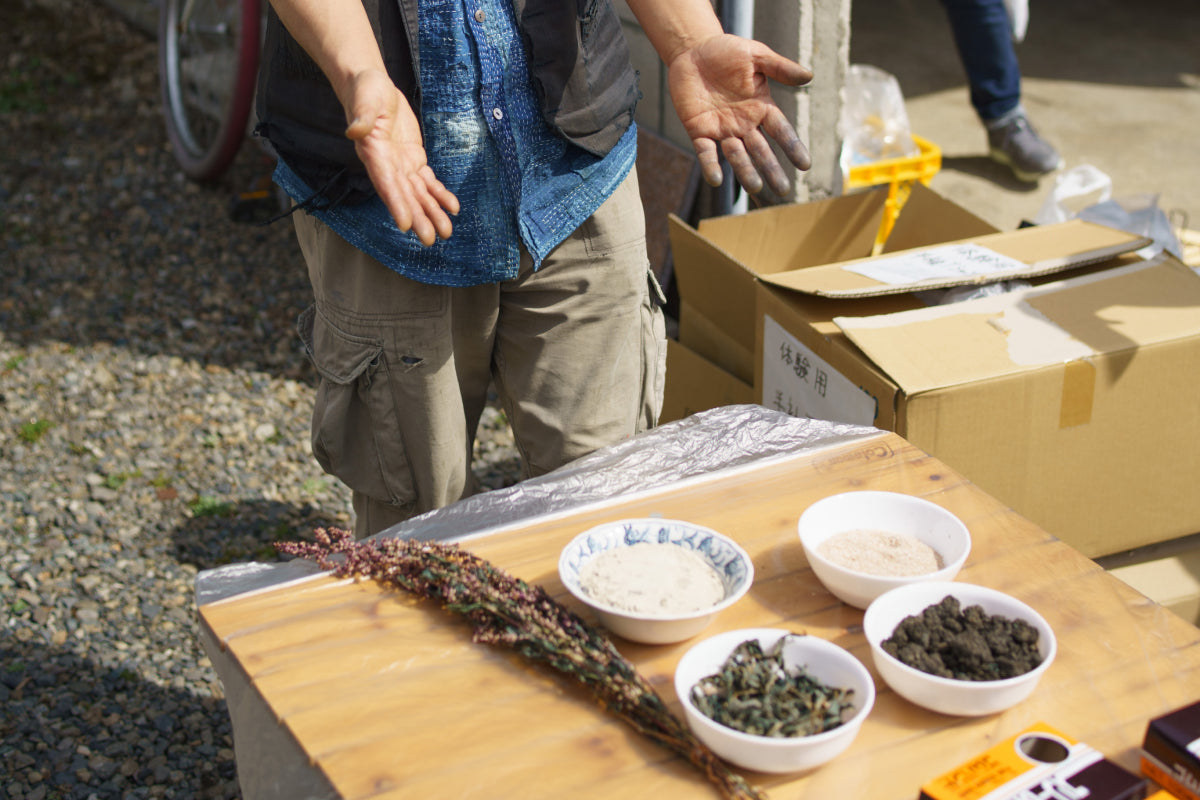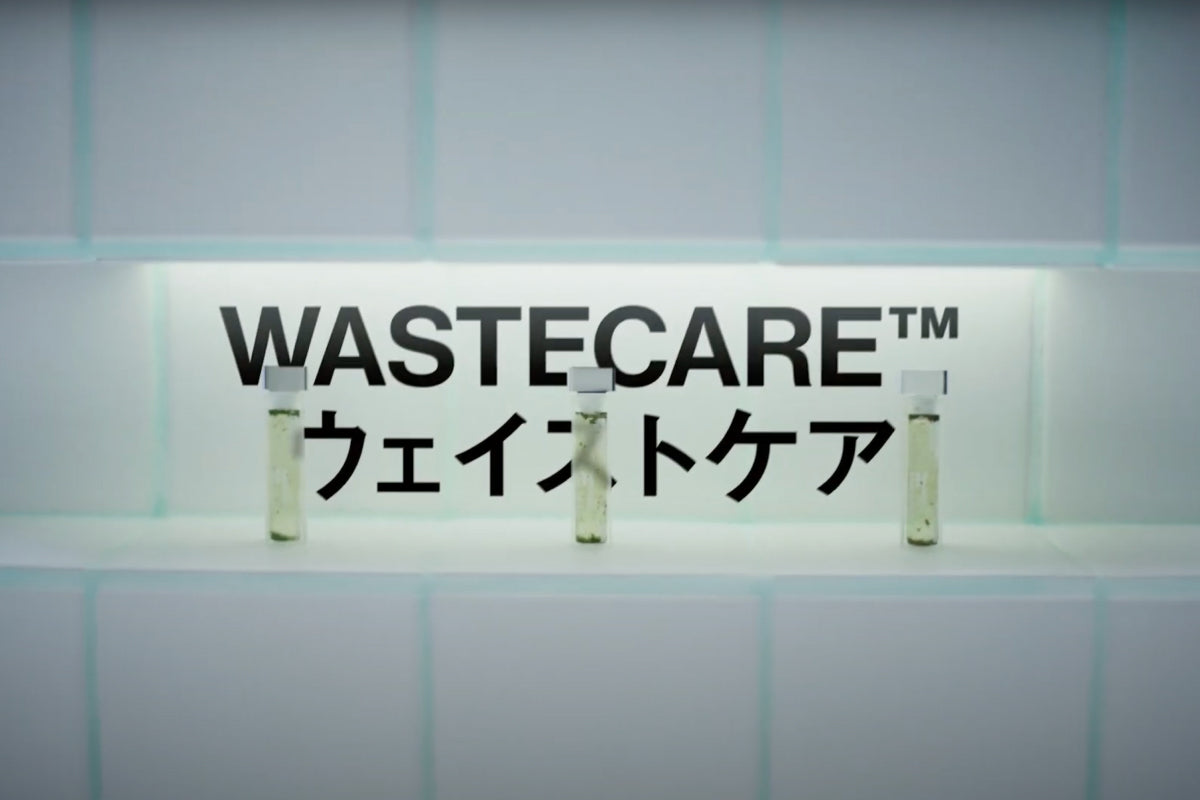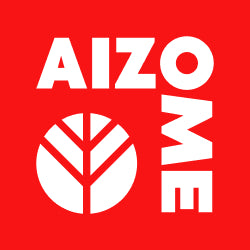Limited Edition Bedding
AIZOME x Jeff Garner Collaboration
Non-Toxic Bedding for Conscious Rest

Let Them Be Naked is directed by Jeff Garner sustainable designer, and Executive Produced by Suzy Amis Cameron. An audacious global exploration into the presence of toxic and often harmful chemicals in the fabrics and materials used in our everyday clothing.

"This film is for everyone—regardless of style, status, or background. We’re all connected by wearing clothing every day. We've seen a reckoning in food and cosmetics, but not yet fashion—though similar toxins are used.
When I lost my mother to breast cancer, my journey transformed. I’d been speaking out about toxicity in clothing since I began fashion design in 2002, but my warnings were ignored. I was ridiculed for using hemp and plant-based dyes from my own farm and told natural wasn’t as good as synthetic luxury. When my message was kept out of the mainstream, I realized film was a powerful way to help everyone learn what’s truly in their clothes.
This film is a global exploration into the fashion industry, textiles, and dyes, and the disruptors demanding change and better alternatives. My hope is you feel inspired to rethink your buying choices, as together we shift the industry away from harmful petroleum-based toxins.
We don’t have all the answers, but together we'll ignite a global conversation about what’s hiding in your clothes and how it affects your health. Join us in bringing lasting, positive change and returning the power of choice to us all."
Jeff Garner
Watch the Free Screening From May 8 To 11




The bedding company that went viral for selling its waste as skincare...
Who is AIZOME?
We never intended to become a textile company. Seven years ago, we set out to prove that truly healthy textiles were possible. We had no idea that journey would lead to us being voted the 7th most creative company in the world, over Google.
We make bedding. That may not sound exciting, but when each thread has the potential to help or harm, our work is something we've become deeply passionate about. We craft hypoallergenic, plant-dyed fabrics—a fusion of ancient Japanese craftsmanship and cutting-edge technology—to create truly toxin-free textiles.
In fact, our textile is so clean, even our wastewater is certified as skincare.
Discover the AIZOME Difference
We use natural ingredients with zero chemicals from seed to finished product. Our ultrasonic dyeing process preserves the benefits of plant-based dyes, using much less water and leaving no chemical residue. Safe for your skin and the planet.

About Us
Discover AIZOME: organic, plant-dyed textiles designed as 'healthcare you can wear.' Learn how we're redefining rest with safe, sustainable, and toxin-free bedding.

Natural Ingredients
Each AIZOME textile uses medicinal plants like indigo, madder, and pomegranate—chosen for the plant’s healing properties, supported by both tradition and science. Our patented dyeing processes infuse these plants into unbleached organic fibers. Learn more, here…

Innovation
Our work has won international recognition – and we were voted more creative than Google (?!?) Learn how we’re shaking things up, and growing a community through some pretty awesome educational events in the process ...
The Research
The global textile industry produces millions of tons of goods annually—80% made from petrochemical-based, non-biodegradable fabrics like polyester. Most dyes are derived from oil, tar, heavy metals, and toxic chemicals; around 60% are AZO dyes, which are carcinogenic. Harmful substances like chlorobenzenes and formaldehyde are common in fabrics, even those marketed to sensitive skin. It’s time to rethink what touches our bodies. Join us in advancing health sovereignty in textiles.
Research on Textile and Eczema
“Diisocyanates were first manufactured in the U.S. around 1970 for the production of spandex, nonlatex foam, paint and polyurethane. The manufacture of xylene also increased around that time, alongside an increase in the production of polyester and other materials….Research has found that exposing mice to isocyanates and xylene can directly cause eczema...”
Dr Ian Myles, April 2024, The Conversation (link) (emphasis added).
Further research:
- “Spatial modeling connecting childhood atopic dermatitis prevalence with household exposure to pollutants”, 2024. https://www.nature.com/articles/s43856-024-00500-3
- “Skin bacterial transplant in atopic dermatitis: Knowns, unknowns and emerging trends”, 2019. https://pubmed.ncbi.nlm.nih.gov/31395434/
Toxicity of Azobenzene Dyes
“Manufactured from petroleum and natural gas, many dyes release a basic chemical building block called amines when they come in contact with the bacteria that live naturally on our skin. Many of these amines are suspected to be carcinogenic, mutagenic, and genotoxic... The European Union has banned 22 dyes for this reason. But there are thousands of dyes and other chemical products used in fashion that have never been tested at all.”
Alden Wicker, July 2024, WIRED Magazine, (link) (emphasis added)
79% Tested With Reaction Specifically to Dye
According to a recent study, among cases of non-occupational contact dermatitis caused by fabrics, nearly 79% were a reaction to the dyes in the fabrics rather than the fabric itself. Studies indicate that dyes, especially disperse dyes, are the most common cause of contact dermatitis.
Link to epidemiological study in Italy.
The Medicinal Potential of Plant Dyes
“AIZOME decided to do something shocking, to fan the flames of possibility and inspiration, convinced that if consumers were fully empowered to understand both the problem and a solution, they would demand change. They have recently made news from Tokyo to New York for selling the wastewater from their dye factory as a skincare serum that, according to users, actually works.”
Christopher Marquis, Professor at Cambridge Business School, June 2023, Forbes (link). View WASTECARE
Research from Professor Karadag Recep of Istanbul's DATU institute:
- “The Investigation of Antifungal Activity and Durability of Natural Silk Fabrics Dyed with Madder and Gallnut” 2017. https://www.tandfonline.com/doi/citedby/10.1080/15440478.2017.1279101?scroll=top&needAccess=true
- “Durability, Antimicrobial Activity and HPLC Analysis of Dyed Silk Fabrics Using Madder and Gall Oak”. 2019. https://www.tandfonline.com/doi/full/10.1080/15440478.2019.1588827
But Isn't this Regulated?
The FTC doesn’t regulate textile with concern for health. Brands are allowed to self-regulate, and are not required to know the ingredients used to make the products they sell. We think there is a clear argument that tens of millions with sensitive skin, chemical sensitivities, or compromised immune systems have the right to know what is in their textiles. We all do. But at present, there is little to no regulation, and enforcement of the regulation is suboptimal.
AIZOME's testing
AIZOME’s textiles are supported by rigorous scientific testing:
- Journal of Applied Biomedicine: A study published in the Journal of Applied Biomedicine found that indigo dye was efficacious in aiding the healing process for skin wounds.
- Kaken Antimicrobial Study: Preliminary studies have shown that AIZOME’s textiles reduce Staphylococcus growth by 70% after 18 hours (view Kaken Antibacterial test).
- HRIPT test: Recognized for improving the quality of life for people with sensitive skin and eczema (view HRIPT fabric test).
- ZDHC wastewater testing
- QTEC Toxicology and Colorfastness Test
- Independent test confirming the presence of Tryptanthrin in AIZOME indigo dyes.







 Bedding
Bedding
 Clothing & Accessories
Clothing & Accessories
 Artisan Line
Artisan Line

